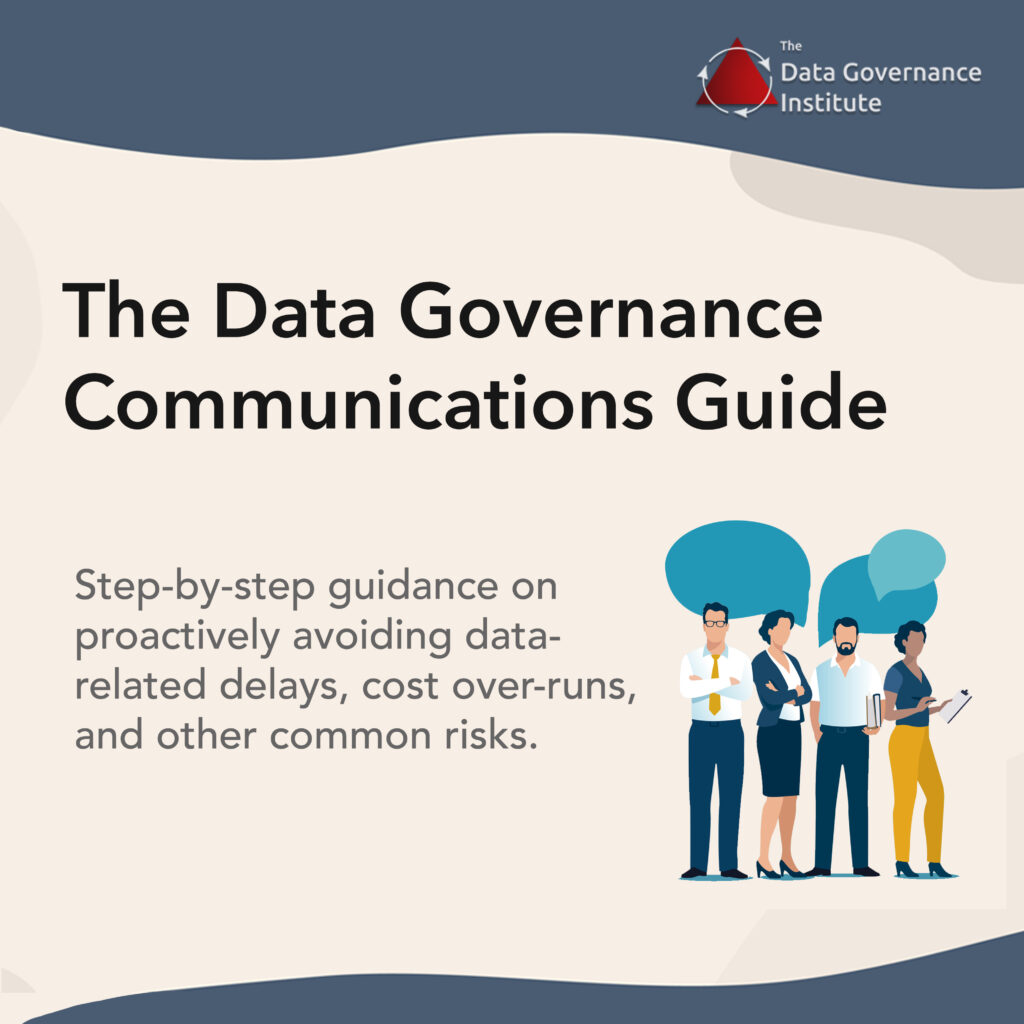Most organizations that begin a formal Data Governance and Stewardship effort need a support team to facilitate and coordinate activities of councils, stewards, and stakeholders.
This support team may be individual contributors who have been doing this work informally and are willing to continue it. However, if your program is going to strive to make enterprise-wide changes, then it probably needs more formality. And those who facilitate it probably need a certain level of status within the organization and support from top leadership.

Many years ago, a project partner and I coined the term DGO to describe a Data Governance Office we were recommending to a client. In this case, we suggested that a DGO would be to data what a PMO (Project Management Office) is to projects. This function, which for this smallish organization was just one person, supported good practices and was the organization’s “go to” person for data-related projects.
Since then, other DGOs I’ve worked with have had broader scopes of responsibilities. You can see some of those responsibilities in the DGO component of the DGI Data Governance Framework.
Who should be included in a DGO? Of course the answer depends on what you’re trying to accomplish with your program. Most programs include a leader who can navigate politics, organize and facilitate meetings, work with participants behind the scenes, brief executive stakeholders, and make sure research and assignments coming out of council meetings are on track. This person may not be a data expert, but they need to be able to converse with all stakeholders and to understand data flows diagrams and data models.
Some organizations can’t find a DGO leader with all of the above skills. They opt for a leader who can manage politics and people, and assign a Data Architect and/or Metadata Manager as either full-time members or dotted-line members of the DGO.
When you’re first establishing your Data Governance Office, make sure that your staff have the communication skills and materials they need to work successfully with data stakeholders. After all, Data Governance can be politically tricky.



